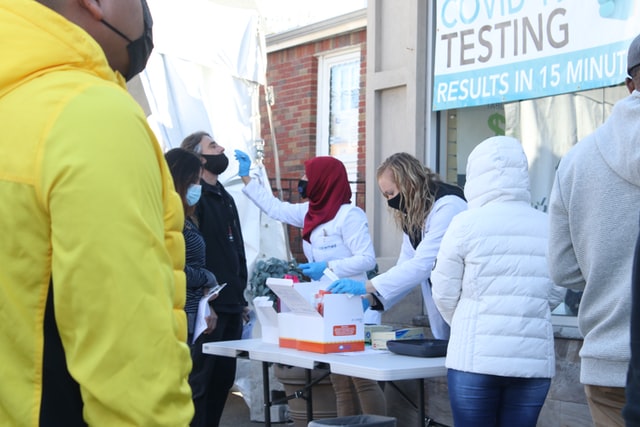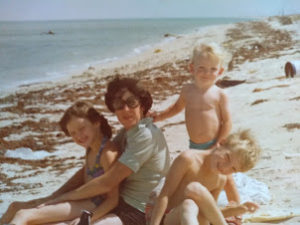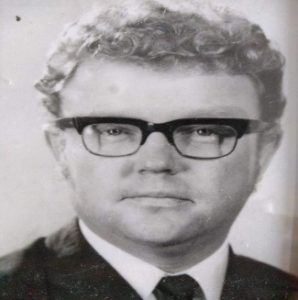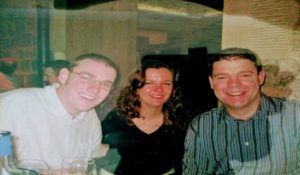
The mixed messages coming from our Government spokespeople on the efficacy of face wearing masks is totally irresponsible.
Any positive action to erect a barrier against the spread of the virus must be welcomed as a commonsense measure, rather than do nothing. Individuals will want to reduce the risk of them passing on the virus, especially if they have not been tested. People can be positive without showing symptoms.
There is more than adequate evidence the sneeze cloud can fill a room in seconds and travel as far as 10 metres. Each cloud is different and the extent of knowledge of how tenacious the new virus is in attaching itself to the varying size of droplets is minimal so that an arbitrary distance of social separation has been a dangerous assumption especially by dismissing the value of the mask protection.
The Government would be wise to use South Korea as a benchmark especially the preparation they have made since their experience with other coronaviruses such as SARS and MERS, flu and the common cold.
The Government has stated that they had more than adequate stockpiles of PPE, which has proved to be false, and that they had to establish a distribution chain from scratch.
The Government has failed to give information on the figures required to protect all people at risk, the rate of use and the total to meet needs and quantify the total demand in such an emergency.
Distribution of PPE: Are the Government ignorant of the fact that we have had a Just in Time supply chain for 40 years which can deliver millions of parcels and goods within a day or two and that they had the power to bring this capability into the National Emergency effort.
Investment in Research and Development
They would also be wise to ask the question why investment in research in virulent viruses and tropical diseases by our experts was withdrawn and these experts had to move overseas in order to carry on their research and development programmes.
Taxi drivers are now required to carry only one patient in the back of the car. Taxi drivers are now required to disinfect the car after each patient journey. Taxi drivers are not allowed to ferry wheelchair patients into the hospital
These new requirements add additional burden onto the already stretched nursing staff.
Upon arrival the Taxi driver must phone the duty nurse who then must descend from the unit and take the temperature of the patient outside in the car park.
If this reading is high the patient must be taken home and phone for an ambulance to Bradford. There may be other reasons for a high temperature
So without testing for the virus this would increase the risk to the patient who did not have the virus by moving him or her into the higher risk General Hospital environment where there have been positive cases
If the temperature is normal the patient is allowed into the unit.
Nurses then must act as porters to ferry the wheelchair patients up to the unit.
All this additional work is being carried out whilst the nurses are putting patients onto the machines and thus slows up the process and results in an extended workday for the staff.
“There is then an urgent need to supplement the staff delivering this critical service and therapy with additional volunteers, nurses and porters at Skipton to ease the burden being placed on a very small regular staff”
PERSONAL PERSPECTIVE
For myself I have three sessions per week of four hours, unfortunately my kidneys do not pass any urine at all which means that the entire fluid intake is retained in my body and I must be very strict as to limiting my daily intake.
In order to start Haemodialysis I had to have an operation to fit a pair of necklines known as Hudson Lines in order to provide a blood feed and return line to the Dialysis Machine.
These lines must be flushed and cleaned on a regular basis in order to prevent infection but in doing this showering becomes the main difficulty.
My PD Catheter was still fitted in my abdomen but after one year it was decided that I should have another operation to both remove this Catheter and form a Fistula in my wrist.
This would connect the vein to the artery so that when matured would allow the long-term use of needles in the fistula and that replace the neck lines which are susceptible to furring up like a hard water pipe.
My initial sessions on Haemodialysis were not perfect. On several occasions my Blood Pressure dropped so quickly that I started to pass out and lose control over my normal functions.
The challenge then was to find a rate of therapy that I could tolerate without passing out.
The solution came in the form of a highly intelligent Dialysis Machine working on the principle of “Blood Volume Monitoring” BVM. This machine monitors, modulates and controls the main bodily parameters that vary through the Therapy. It is systems based and gives feedback signals in order to reduce fluid take off especially if there is a sudden drop in Blood Pressure. It can also advise if more fluid could be taken off. If this machine is not available, the patient must signal that he or she is in difficulty or the nurse by observation.
(My medical conditions include Diabetes, Dialysis including total loss of kidney function, Unstable Angina, two heart attacks and fitting two Stents, Hypertension, Gout. I am 80 years old but not considered high risk)
The Government did not include Dialysis patients in their high-risk category, and it has taken constant pressure on the NHS to incorporate by my Daughter Dr. Michelle Heys.
Bernard Heys
The Radcliffe Lad 19.04.2020
For NKF.







